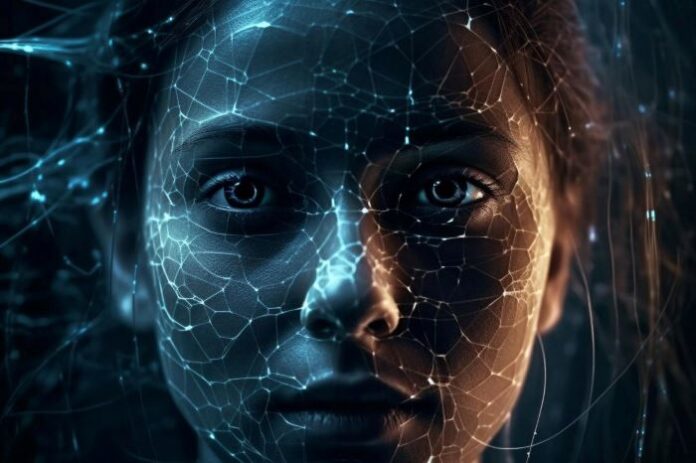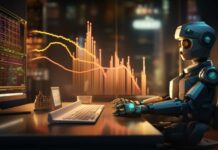Artificial intelligence has come a long way in its capabilities, most notably in the realm of image generation. Platforms like DALL-E and StyleGAN2 are at the forefront of generating highly realistic and stunning visuals. These advancements raise a pertinent question: how can we discern between AI-generated images and real, human-captured photographs? The challenge has deep implications not just for artists and photographers, but also for cybersecurity, journalism, and even the law.
The Evolution of AI-Generated Images
In the early days of AI-generated images, the results were often rudimentary, to say the least. The generated animals looked morphed, faces carried an uncanny valley-like sensation, and landscapes appeared to be extracted straight from a surrealist painting. Fast forward a few years, and AI algorithms are generating images that are increasingly difficult to distinguish from actual photos.
Technologies like Generative Adversarial Networks (GANs) have played a key role in this evolution. A GAN involves two neural networks, a generator and a discriminator, which are trained together. While the generator creates fake images, the discriminator aims to tell them apart from real ones. As both networks improve, so does the quality of the generated images.
Ethical and Security Concerns
One cannot discuss the advancements in AI image generation without addressing the ethical and security implications. Deepfakes, or AI-generated videos, have garnered attention for their potential to spread disinformation or engage in identity theft. Similarly, high-quality AI-generated images could be used to create fake profiles, fabricate news stories, or deceive in advertising.
This development also carries implications for the digital forensics community. Traditional methods of image analysis, such as pixel irregularities or inconsistencies in lighting, may no longer suffice for the identification of fakes. Moreover, as AI evolves, the window for discerning real from fake is closing, requiring new tools and methods for verification.
The NFT Conundrum
The rise of AI-generated images also poses a challenge in the world of NFTs (Non-Fungible Tokens). The NFT space relies heavily on the uniqueness and authenticity of digital assets. However, as AI becomes more adept at generating images, proving the originality of an artwork becomes a complicated task. Plagiarism and forgery, already a concern, will likely escalate as AI-generated art becomes increasingly indistinguishable from human-created works.
Regulatory Hurdles
As with many emerging technologies, regulation has been slow to catch up. Copyright law is yet to clearly define the status of AI-generated images. Should they be considered a ‘work of art,’ or do they fall under some other category? As we navigate these murky waters, lawmakers are pressured to draft regulations that can keep up with the rapid pace of technological advancement.
Blockchain Technology
So with these AI-generated images are becoming increasingly indistinguishable from real photos, the need for authentication is vital. Blockchain technology offers a solution to this dilemma by providing an immutable digital ledger that can trace the origin and ownership of an image. By embedding metadata into each digital asset, blockchain ensures that an image’s provenance can be verified, be it an NFT or a journalistic photo. This adds an extra layer of security and authenticity, helping to distinguish between AI-generated and real images, thereby mitigating concerns over forgery and plagiarism.
The Road Ahead
While the march of technology is unstoppable, there are still ways to navigate the challenges posed by indistinguishable AI-generated images. As mentioned previously, Blockchain technology, for instance, could be employed to verify the authenticity of digital assets, including images and videos. Moreover, the AI community is actively working on developing counter-technologies that can detect deepfakes and other AI-generated content.
AI-Generated Images
The field of AI-generated images is evolving at an unprecedented rate, complicating our ability to differentiate between reality and illusion. This presents an array of ethical, security, and legal challenges that society must grapple with in the coming years. However, the solution may lie in harnessing the same technology that created the problem. As AI-generated images become increasingly sophisticated, so too will our methods for identifying them. The cat-and-mouse game between AI and human discernment is far from over, but one thing is certain: the line between what’s real and what’s generated is blurring, and the implications are both exciting and concerning.
The complexity of the issues surrounding AI-generated images calls for active dialogue among technologists, ethicists, lawmakers, and the general public. Only through collaborative effort can we hope to address the nuances of this burgeoning field.















